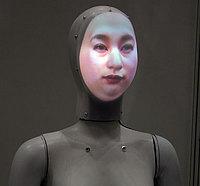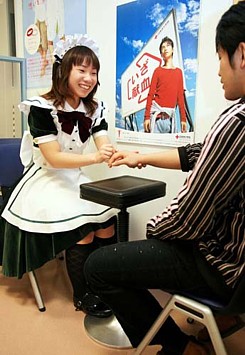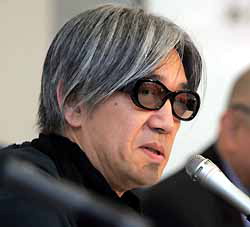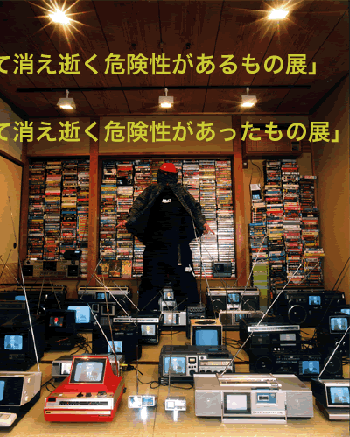Researchers from the National Astronomical Observatory of Japan (NAOJ) and Tokyo University have created a three-dimensional image of the Milky Way -- reportedly the first of its kind. The image depicts a disk-shaped galaxy with a large deformity in one area, and it indicates the presence of five spiral arms as opposed to the six commonly believed to exist. The results of the research were presented at a meeting of the Astronomical Society of Japan in Wakayama City on March 28.

Because interstellar dust interferes with attempts to observe the galaxy?s visible light, the researchers focused on studying radio waves emitted by hydrogen, which is abundant in our galaxy. A variety of existing observation data from radio telescopes in Europe, the Americas, and Australia was collected, and after 6 years of analyzing the quantities and movement of hydrogen gas, an image of the three-dimensional structure of the galaxy emerged.
Gas quantities were calculated from the strength of radio waves emitted by hydrogen gas, and gas locations were obtained from calculations based on the galaxy?s rotational speed. Using the resulting distribution map of gas density, a computer was able to recreate the shape of the galaxy.
"The image can help provide a visual understanding of the cosmos that we live in," says NAOJ Nobeyama Radio Observatory researcher Hiroyuki Nakanishi. "I hope it can play a role in education."
The Milky Way is estimated to be roughly 65,000 light years in radius and 10,000 light years thick.
[Sources: Mainichi Shimbun, Asahi Shimbun, NRO press release (with high-resolution images)]

 Chatty, a talking mannequin with a human face, is on display at the
Chatty, a talking mannequin with a human face, is on display at the  As the number of willing blood donors in Japan continues to decline, the
As the number of willing blood donors in Japan continues to decline, the  At a press conference held in Tokyo on March 23, composer Ryuichi Sakamoto made a public appeal to the government to exempt all secondhand electrical goods from the Electrical Appliance and Material Safety Law (a.k.a. PSE Law, or DENAN). The law, which is set to take effect April 1, will prohibit businesses from selling electrical goods that do not bear the PSE mark (that signifies compliance with the law?s safety standards). In other words, before putting products up for sale, dealers will be forced to file paperwork and perform tests (such as 1,000 volts for one minute) on each and every pre-2002 electrical product in order to obtain a PSE mark. Though the government recently revised the law so that it does not apply to certain "vintage" electric instruments with high scarcity value, Sakamoto called upon the government to expand the exemption to all secondhand electrical goods.
At a press conference held in Tokyo on March 23, composer Ryuichi Sakamoto made a public appeal to the government to exempt all secondhand electrical goods from the Electrical Appliance and Material Safety Law (a.k.a. PSE Law, or DENAN). The law, which is set to take effect April 1, will prohibit businesses from selling electrical goods that do not bear the PSE mark (that signifies compliance with the law?s safety standards). In other words, before putting products up for sale, dealers will be forced to file paperwork and perform tests (such as 1,000 volts for one minute) on each and every pre-2002 electrical product in order to obtain a PSE mark. Though the government recently revised the law so that it does not apply to certain "vintage" electric instruments with high scarcity value, Sakamoto called upon the government to expand the exemption to all secondhand electrical goods.

 Forget about fingerprints and DNA -- the way you smell has been added to the list of biometric data that can be used as personal identification. Police in China are now using body odor data to identify suspects in criminal cases.
Forget about fingerprints and DNA -- the way you smell has been added to the list of biometric data that can be used as personal identification. Police in China are now using body odor data to identify suspects in criminal cases.
